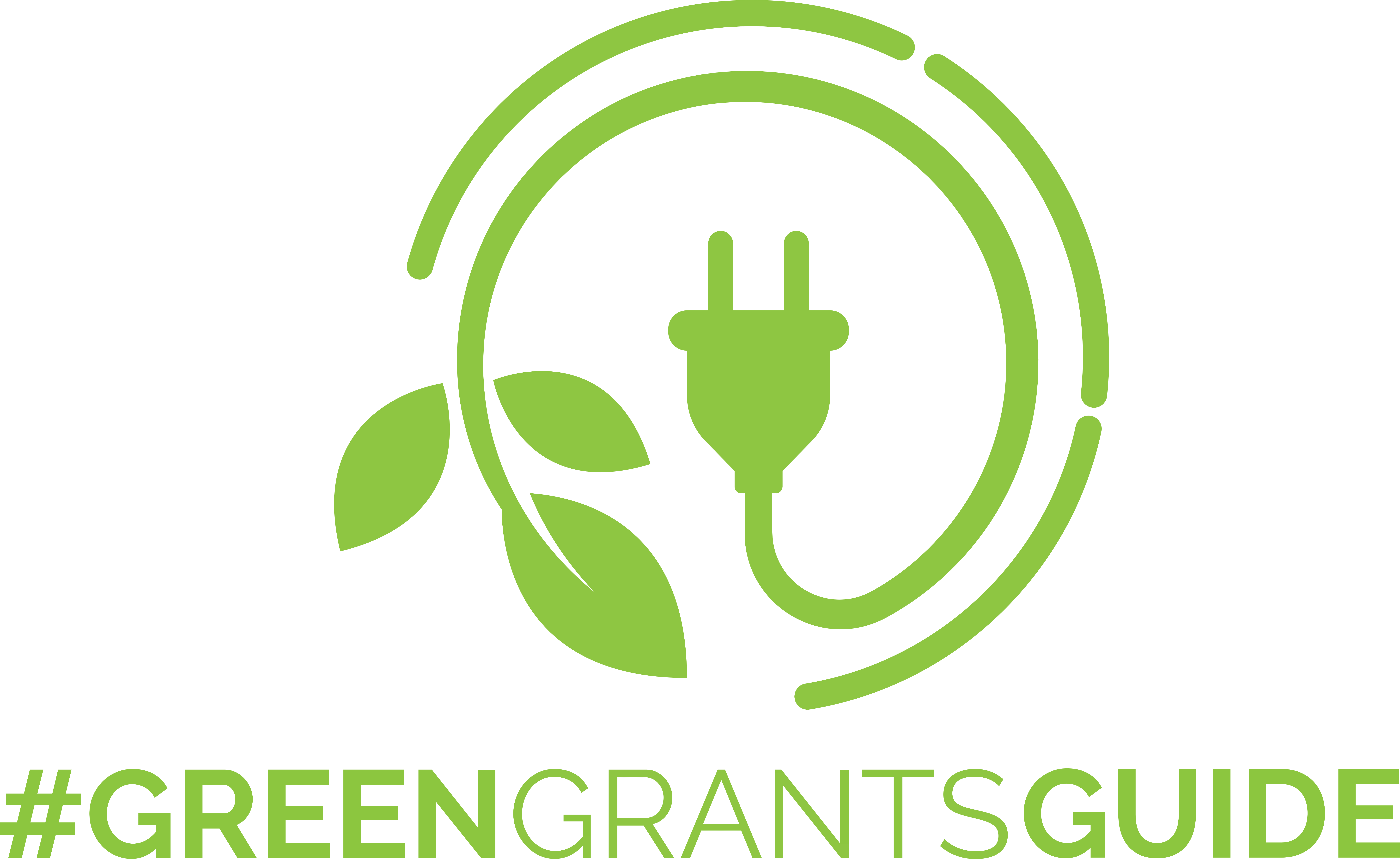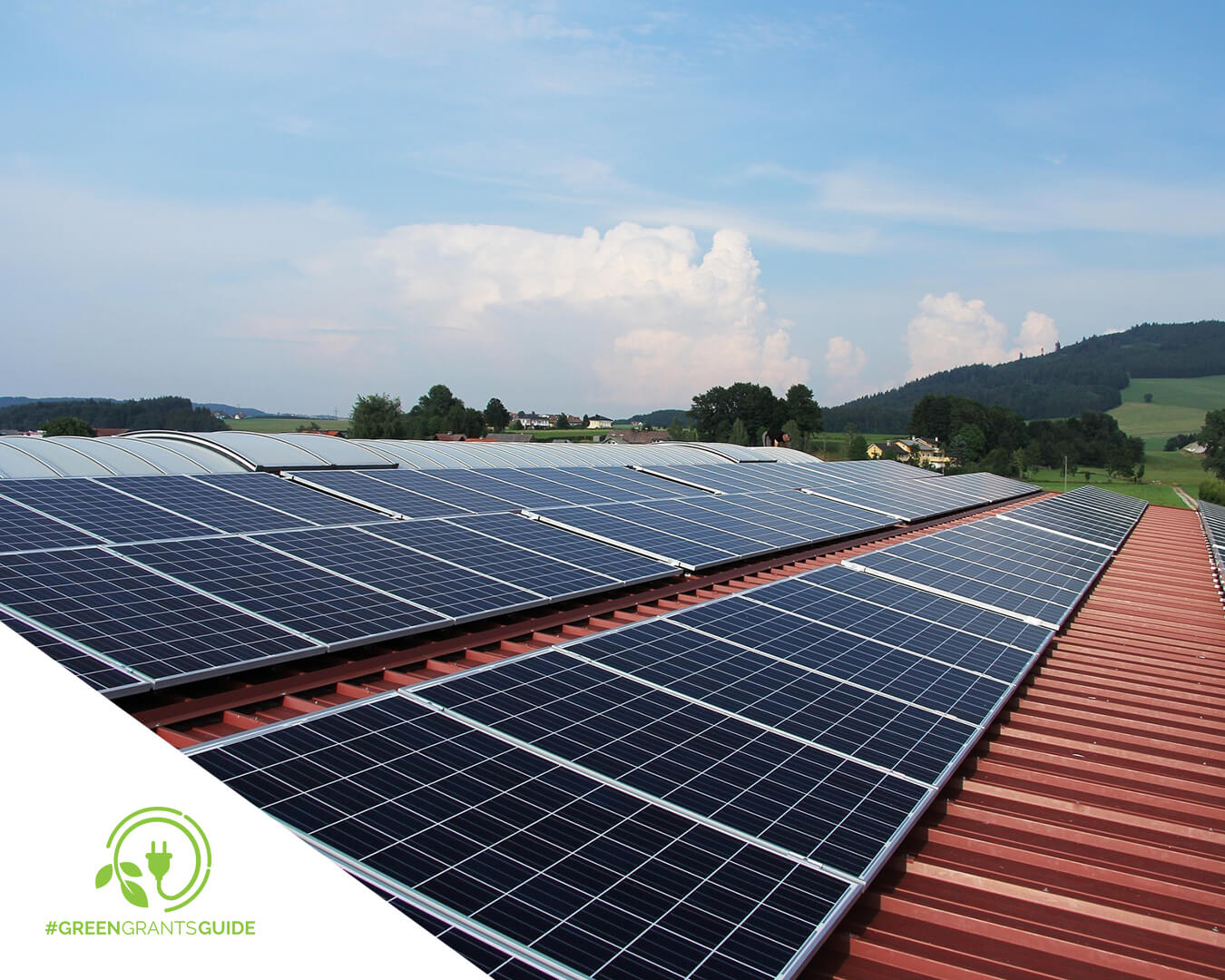Green Energy – Episode 2
Effective energy efficiency? EKR, TAO discount, other subsidies? Let’s clarify the terms and see how we can make our energy efficiency investment cost-effective.
We closed the first article of our ibsh GreenGrantsGuide blog series by gathering information on the areas affected by the green transition and the steps and measures necessary to achieve the 2030 climate goals.
Among these, ENERGY EFFICIENCY played a key role. This article of the ibsh GreenGrantsGuide focuses on this topic and shows the available resources and how to combine them consciously.
Let’s go through them one by one.
1. EKR or the Energy Efficiency Obligation Scheme
Under the EKR, companies can not only save energy but also earn money. This is because energy companies – such as electricity, gas, or heat providers – are obligated by the government to achieve a specific amount of energy savings within a given time period. These savings can be achieved in various ways, such as by installing energy-efficient equipment, insulation programs, introducing energy-conscious technologies, or involving other market players and realizing energy savings through their investments. That is, energy companies can offer various incentives (e.g., discounts, subsidies, or free services) to encourage consumers to make energy efficiency investments.
What does this mean for a company? It means that the company can sell its certified energy savings (HEM) generated from its energy efficiency investment on the market, providing an additional revenue source, apart from the cost savings. As a result, the payback period for energy efficiency investments can be much quicker.
Moreover, this trading has been moved to a stock exchange platform this year, which makes the pricing much more transparent and predictable.
A variety of investments can be accounted for in the system: building insulation, window replacements, heating-cooling modernization, lighting system replacements, and even employee awareness projects. It’s important to note that the projects must be audited by an energy auditor listed in the MEKH registry.
Equally important is that the advantages of the EKR can be combined with other subsidies, such as those provided by the KEHOP or the corporate tax (TAO) discounts, allowing the company to maximize the return on investment.
2. Energy Efficiency Tax Credit
The energy efficiency tax credit is a TAO discount, which can be applied for an investment that also complies with the EKR.
The amount of the subsidy depends on the size of the company:
- Large companies: max. 30%
- Medium-sized companies: max. 40%
- Small companies: max. 50%
For example, for a large company, the amount of the investment corresponding to 30% can reduce the corporate tax payable in the year following the commissioning of the investment and the following five tax years, up to 70% of the calculated corporate tax for that year.
It is crucial that an energy audit must also be conducted here to verify the energy efficiency of the investment.
As you can see, there are similarities between the tax credit and the EKR, but these are two separate measures, each with its own energy, tax, and state aid implications. To implement an energy efficiency investment effectively, expertise in all three areas is required. This is where the ibsh experts can assist.
3. Other Submissions of Application and Subsidies
Generally speaking, in the case of investment subsidies, energy efficiency investments are increasingly included among the supported target areas, even as standalone supported areas.
The following points should be emphasized regarding this:
- Although it is a borderline area, energy efficiency is not the same as renewable energy production -> so it is important to distinguish between the different investment elements, as different subsidy rules apply to them.
- The accountable costs of energy efficiency investments may not necessarily include the acquisition costs of the particular assets, unlike with manufacturing equipment -> this means that it is essential to be very careful in project planning and when designing the accountable costs for the investment.
- Without an energy audit, the investment is generally not considered -> so for a submission of application where energy efficiency is a selectable option, a suitable auditor is definitely required.
- In the case of non-repayable subsidies, the subsidy intensity does not always reach the maximum level -> this means that one should not forget about the tax credit application and, in fact, the EKR may play a role in covering the portion of the investment not covered by the subsidy.
Among the energy efficiency subsidies, several KEHOP applications have been announced, but this target area also appears in the Food Industry Processing Plants Development application. The latter application is still open, and the detailed conditions can be found here.
In addition to the above, several applications are expected in the future for large companies, where both renewable energy production and energy efficiency will appear together. Therefore, it is worth considering this when planning development projects.
Although electricity prices have softened compared to the year 2022, both the European and Hungarian markets are still eagerly awaiting the opening of energy efficiency resources. This waiting period is a great opportunity for preparation, where expert assistance is a crucial component. Therefore, the ibsh and its key energy partners are always available.

ibsh GreenGrantsGuide
In the next episode of the ibsh GreenGrantsGuide, we will present the subsidy opportunities available and expected for renewable energy production.
If you would like to stay updated on more news, please subscribe to our newsletter.



